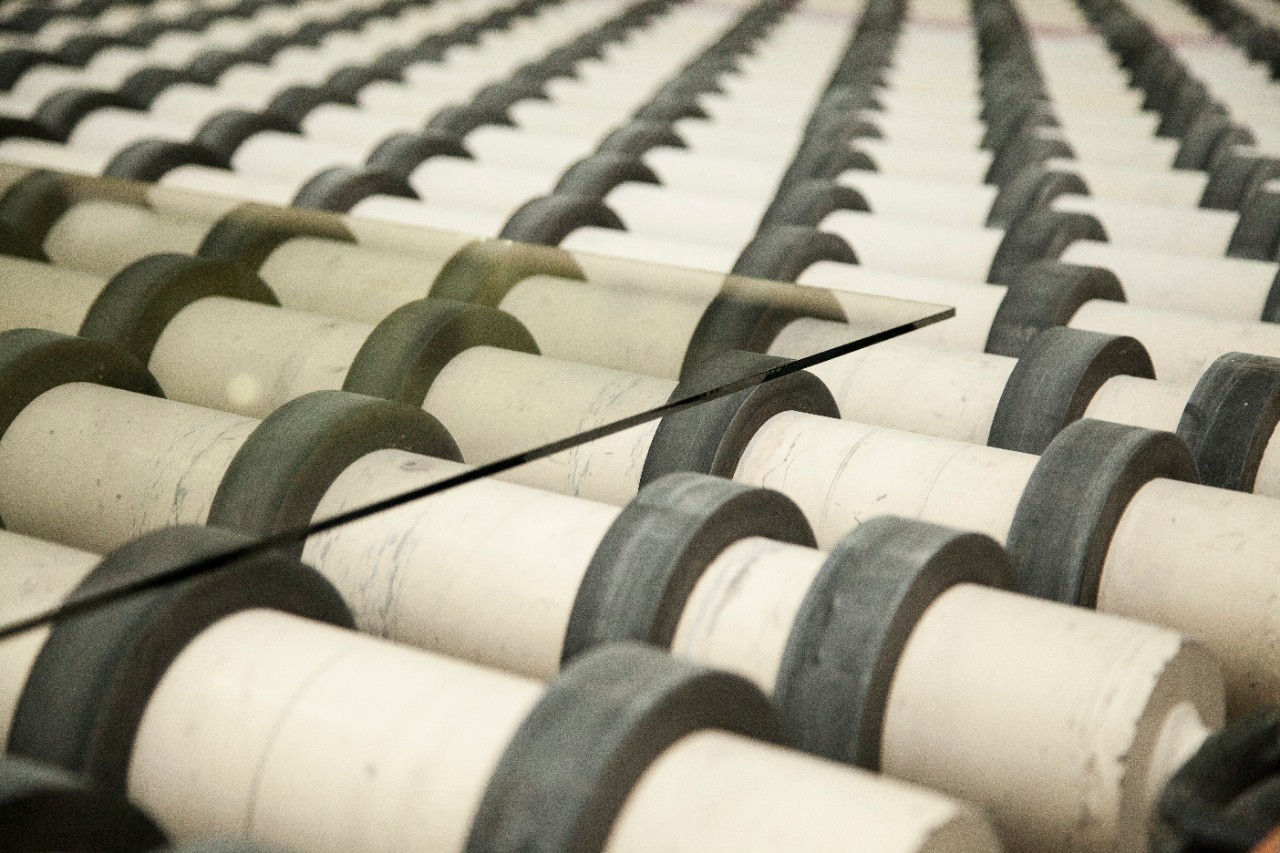From anti-reflection to color tints, modern glass enhances design in many ways.
Whatever the construction challenge, we have the glass to help meet it.
See how the correct choice of glass can help transform a home – and even our wellbeing.
What modern glass can do
How and where glass is used
How glass is made and what it offers
The 75,000 square metres façade features a curtain wall that is double glazed to allow for a high solar protection on neutral-looking glass.
The new-build façades are predominately brick-faced, with punched windows to reflect the surrounding context.
Curved glass, punch windows and precast stone panels make up the envelope on a figure-of-eight footprint.
Explore Guardian Glass projects in your area and beyond with Google Street View and be inspired by the possibilities.
Discover our showcase projects, captured through the lens of professional photography.
Search and filter through our wide range of products
See where you can buy Guardian Glass products near you
Learn why Guardian Select processors are reliable partners for your projects
Navigate our architectural glass range and filter options based on product performance and aesthetics.
- SunGuard SuperNeutral
- SunGuard eXtraSelective
- SunGuard High Performance
- SunGuard Solar
- SunGuard High Durable
- Guardian ClimaGuard
- Guardian Sun
- Guardian Clarity
- Guardian PureSight
- Guardian ViewBoost
- Guardian NEXA
- Guardian ExtraClear
- Guardian UltraClear
- Guardian Bird1st
- Guardian LamiGlass Acoustic
- Guardian LamiGlass ExtraClear
- Guardian LamiGlass UltraClear
Just as we were in 1932, we're ready to meet the challenges of now and the future
Find out more about how glass can support sustainable design
We strive for quality in everything we do
Access our comprehensive suite of engineering and analytical tools
Evaluate the aesthetic properties of glass make-ups
Download and use our standardized Guardian BIM content to create project specific BIM files
For anyone who is interested in learning more about glass and its use
An optical phenomenon, generally noticed in reflection, caused by hot glass sagging between rollers in the horizontal toughening process. Also referred to as ‘banding’, ‘corrugation’ or ‘wiggle’.
During the production of toughened safety glass and heat-strengthened glass in an oscillating roller hearth furnace, the glass is heated close to its softening point. The heating occurs in a furnace section where the glass is continually transported back and forth on fused silica rollers. As the glass temperature increases, the glass becomes pliable and tends to sag slightly between the rollers during reversals at each end of the furnace.
The result is a reduction in surface flatness known as ‘roller wave’, a periodic wave running at right angles to the direction of travel, and is measured from the lowest peak to the highest trough of the waves. Roller wave is most easily identified, when viewing the glass by reflection of rectilinear images, from the outside of a building in which it is installed.
The ends of each piece of glass tend to sag to a greater degree due to the cantilever effect of the unsupported ends of glass at the leading and trailing edges, this sag is known as ‘edge dip’.

Find out our easy-to-use, advanced software for glass and glazing specification.

Access a wealth of technical notes to enhance your knowledge about glass!

Guardian Glass Training Center
Learn the glass fundamentals in a fun and interactive way, at your own pace!
Your search has taken you to Guardian's regional site. Products and services tend to differ from region to region (this may suit your needs if you are looking for glass in another area of the world). However, your local Guardian business is identified as being Guardian's regional site, if this is incorrect you can change your regional website settings here.
